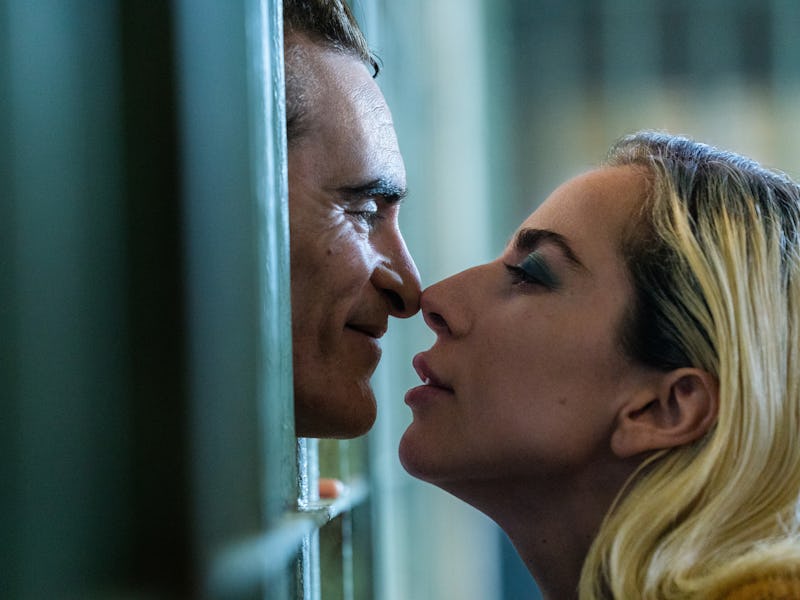Joker: Folie à Deux Has a Surprising Connection to The Dark Knight
Like it or not, we finally know how he got those scars.

Here’s the thing about telling a Joker origin story: you can’t actually take the narrative at face value. The character is, by definition, unknowable. Even when he appears to offer audiences a glimpse into his inner world, it’s usually a misdirection. “If I’m going to have a past,” the Joker infamously says in Alan Moore’s take on the character, “I’d prefer it to be multiple choice.” That ambiguity has defined the character for decades, from Heath Ledger’s Joker in The Dark Knight to the new incarnation in Todd Phillips’ Joker duology.
The Joker we meet in Phillips’ 2019 film, portrayed by Joaquin Phoenix, is a far cry from any version of the character we’d easily recognize. That dissonance led some fans to believe that Arthur Fleck was just one Joker in a long line of figures who took on the mantle or that Fleck’s origin story is just one of those multiple choices. Phillips himself leaned into that ambiguity in a 2019 interview with the L.A. Times, suggesting that Arthur may not be the “true” Joker at all.
“Maybe Joaquin’s character inspired the Joker,” Phillips said. “You don’t really know. His last line in the movie is, ‘You wouldn’t get it.’ There’s a lot going on in there that’s interesting.”
It would take a few years and another movie for Phillips to fully test that hypothesis, but Joker: Folie à Deux does offer an answer to the director’s theory... all while drawing a surprising parallel to Christopher Nolan’s seminal Batman trilogy.
Spoilers for Joker 2 below.
Joker 2 contains an homage to The Dark Knight’s take on the character.
Joker 2 is less interested in Joker’s origins than in confronting our shared fascination with the character. At best, it’s a subversive character study; at worst, it spits in the face of both fans and critics of the first Joker, especially in its final moments. Joker 2 reveals the “real” Joker with a shocking twist: after Fleck is found guilty of murder and returned to Arkham State Hospital, he’s confronted by a fellow Arkham patient (Connor Storrie). Credited only as “Young Inmate,” he fatally stabs Fleck before carving a smile into his face.
It’s a clear callback to the Joker of The Dark Knight, the first to sport the Glasgow smile. Ledger’s Joker has an iconic look, and even 16 years later, it hasn’t really been topped. According to The Hollywood Reporter, that’s because of Christopher Nolan. The director is apparently pretty protective over his take on the Joker, and in his tenure with Warner Bros., Nolan tried to prevent other Batman stories from copying that scarred smile. That mandate even affected Phillips’ first Joker; the film nearly ended with Arthur carving a smile into his face, but Nolan reportedly requested that the scene be modified. Instead, Arthur smears a bloody smile across his mouth, but Phillips seems to get the last laugh with Joker 2.
Nolan hasn’t been involved with Warner Bros. since the studio botched Tenet’s release in 2020, and his departure seemed to give Phillips the opportunity to use the famous look. Giving this origin to a completely different character might be a surprise, but it also fits with the anarchic, multiple-choice reading of the Joker. Whether the move is effective or not is up to the viewer, but Arthur Fleck is just one of many figures who define the villain, creating an amalgam of influences for future filmmakers to draw from.